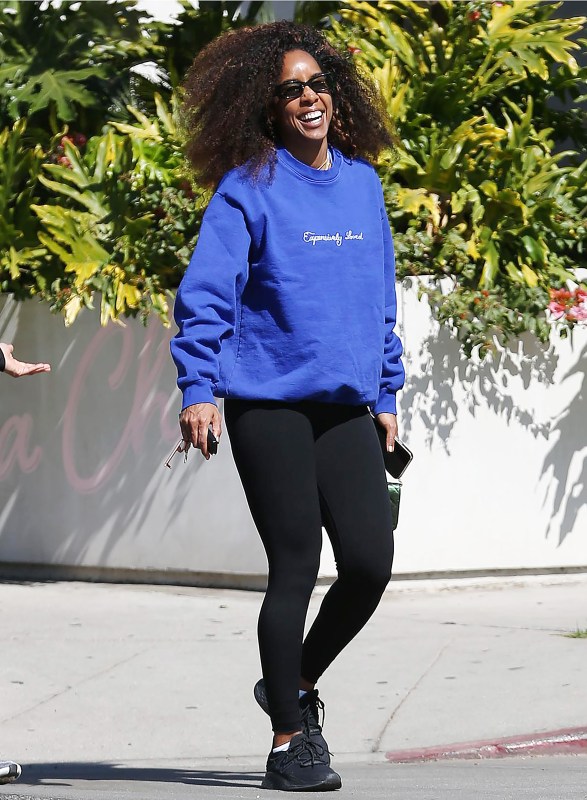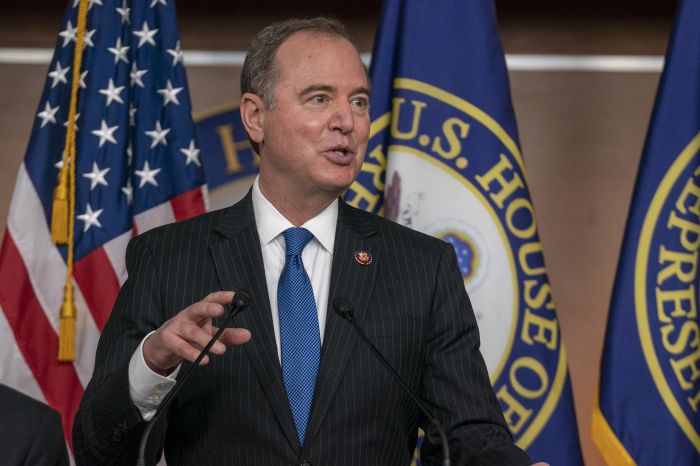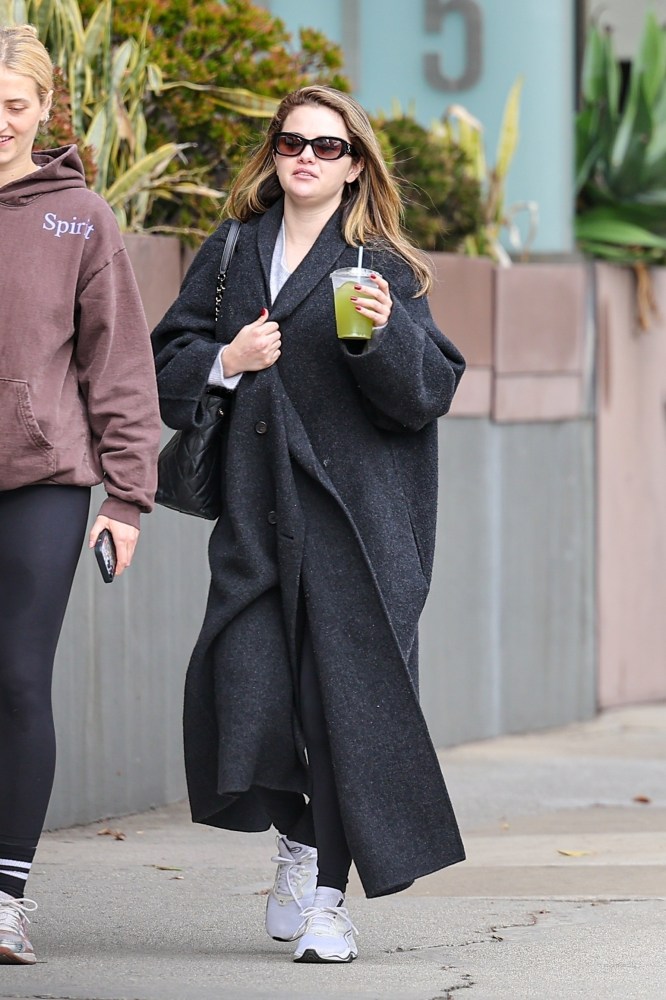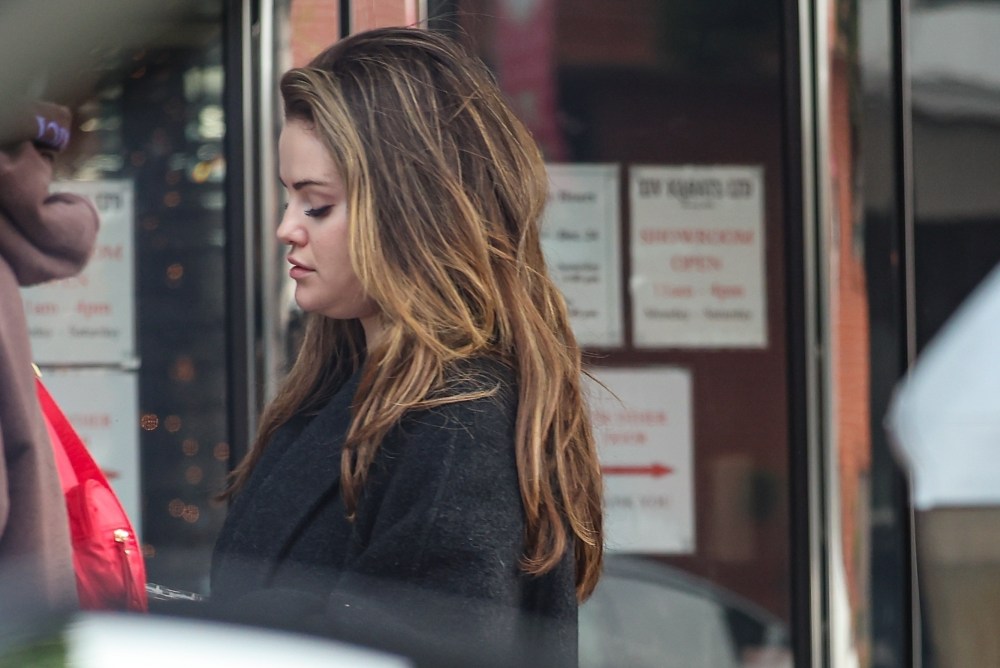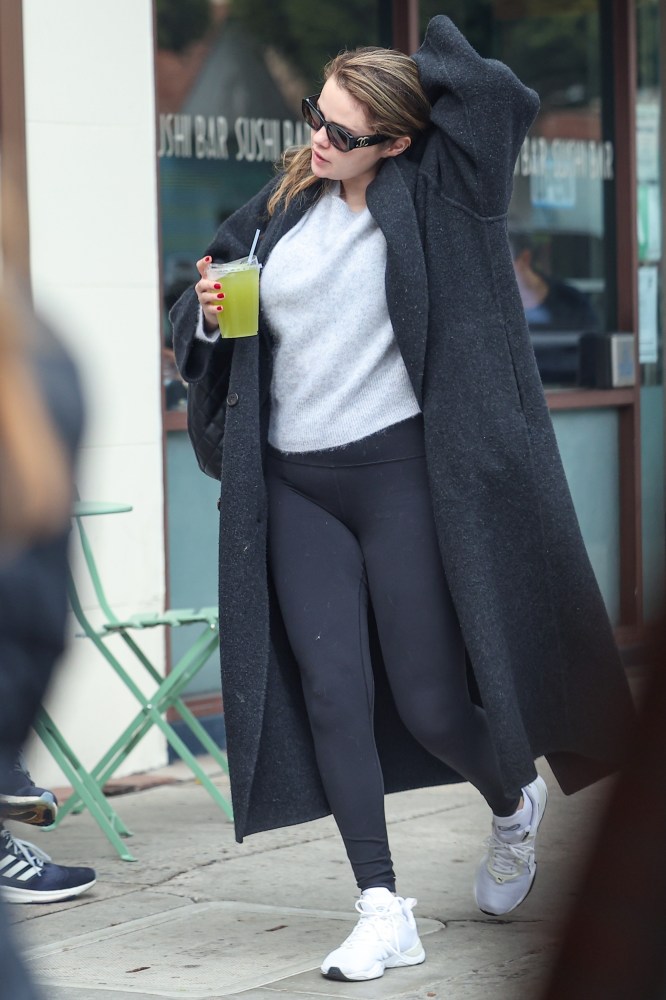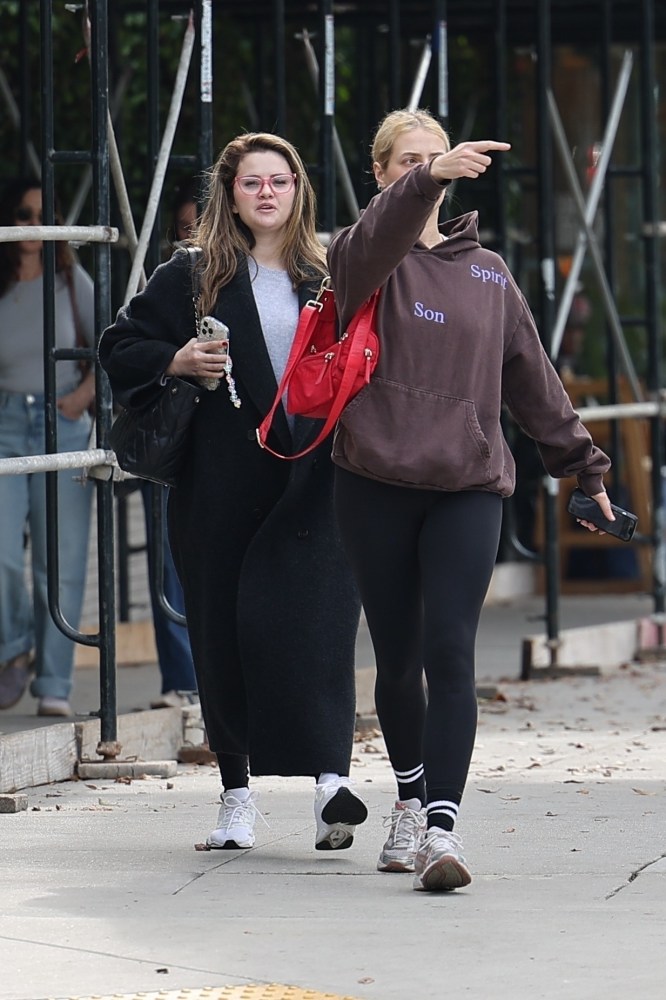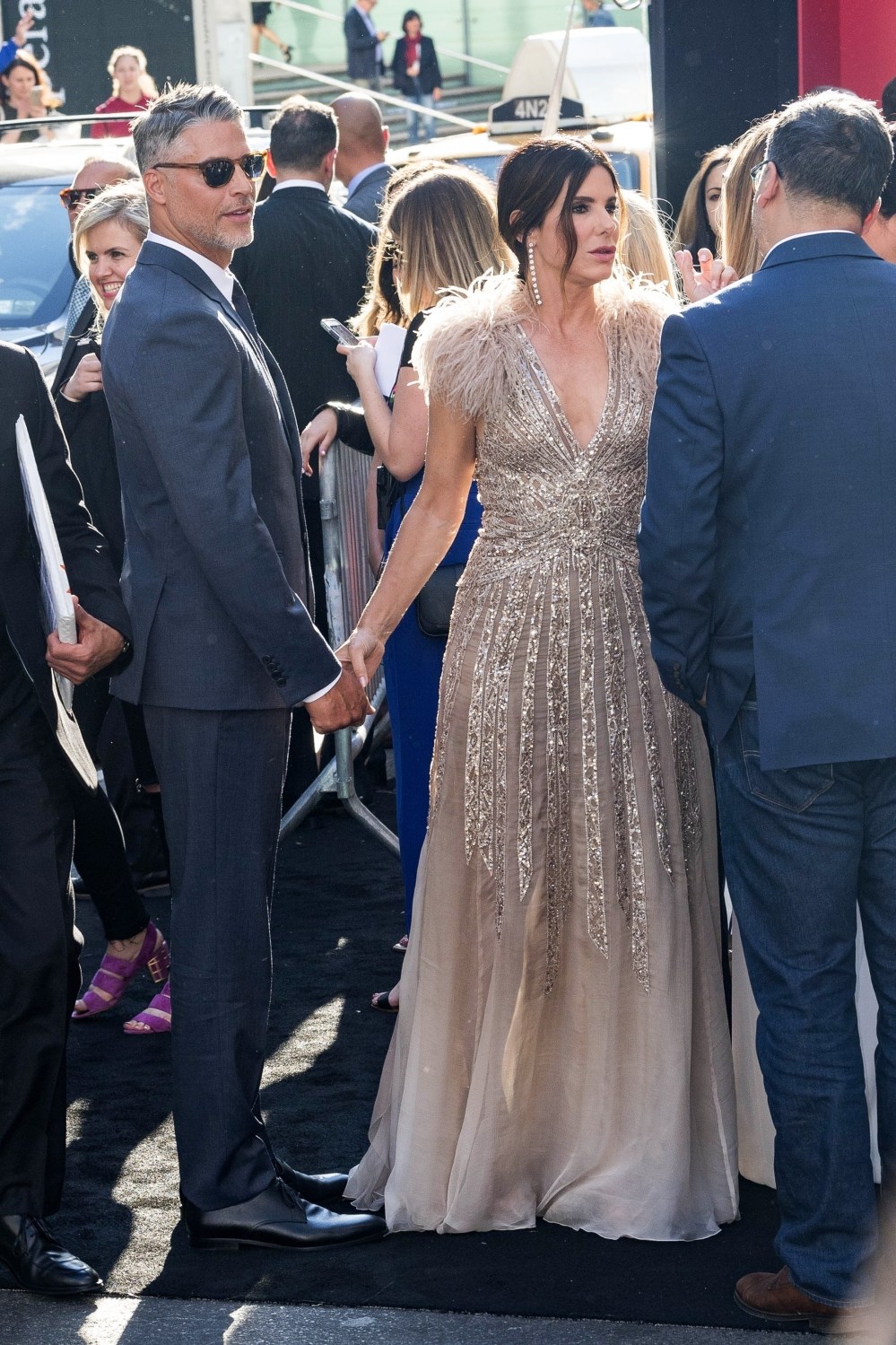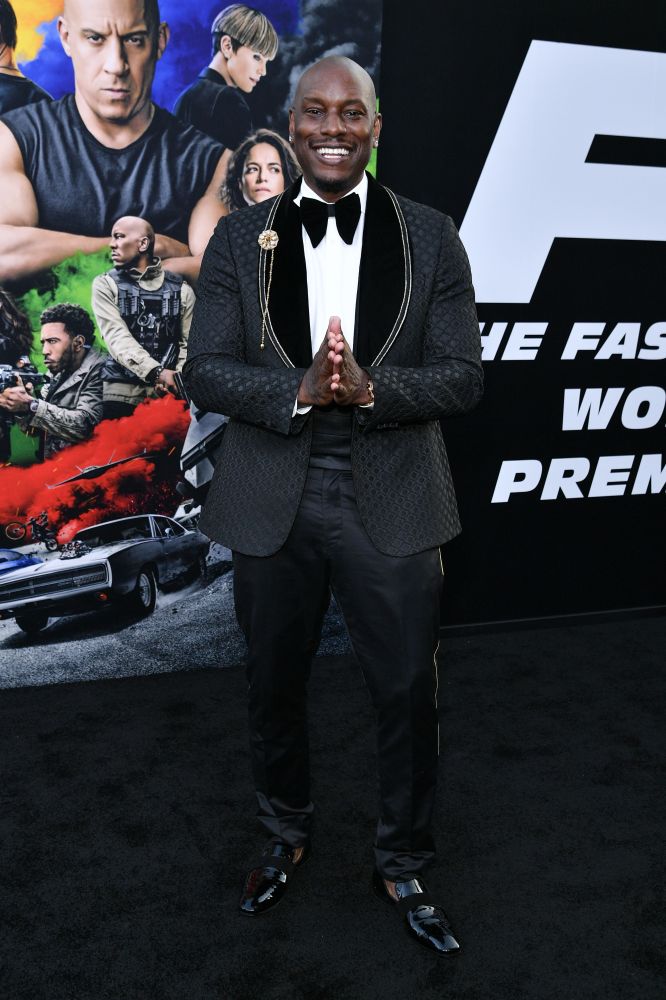There is an air of mystery that surrounds the famous Oscars' red carpet.
 StarTraks
StarTraks
The first reference to a red carpet goes all the way back to 458 BC, 2,500 years ago, in Aeschylus' Greek tragedy, "Agamemnon."
While there have been innumerable red carpets since, there is none more famous than that which graces the front of the Dolby Theatre in Hollywood at the Academy Awards.
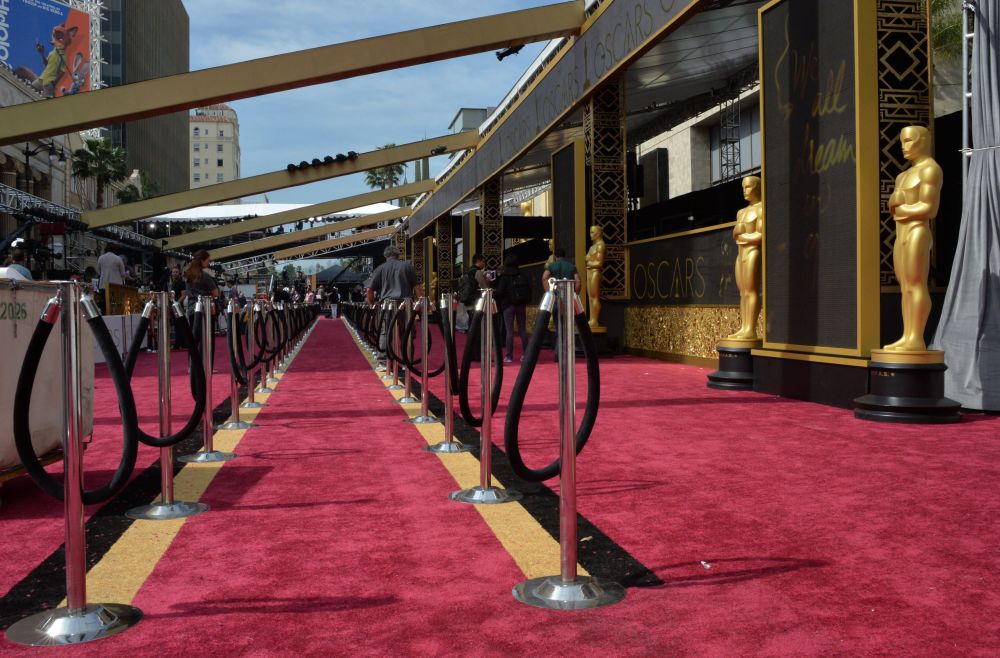 MLADEN ANTONOV/AFP/Getty Images
MLADEN ANTONOV/AFP/Getty Images
Since 2008, Texas Company, Signature Systems Group, has been responsible for insuring that the 50,000-square-foot carpet shines bright and also doesn't end up causing a famous face to take an unfortunate nose dive.
Like back in 2014, when "American Hustle" star Jennifer Lawrence took a spill on the show's carpet due to some unfortunate rainy conditions.
 Jordan Strauss/Wonderwall
Jordan Strauss/Wonderwall
Thankfully, a crew of signature Systems employees will be at the ready to make sure that any weather-related anything will be taken care of immediately. Even a guy in a tuxedo will be prepared to vacuum away trip-inducing debris during the festivities.
This vendor, as well as dozens of other business like florists, drivers, caterers, et al. are but one cog in the machine of Los Angeles County's big stakes Academy Awards economy.
"We are dealing with a lot of different events, but there is none other like this one," Moises Arteaga, national distribution manager of Signature Systems, told the Los Angeles Times.
It turns out, the carpet isn't actually red either, rather more like burgundy and has been for the past 15 years. The shade, which is called Academy Red, is designed to impress the A-listers that walk over and are photographed on it. It's actually a top secret color, which is kept under wraps like some kind of famous recipe.
 @ryanseacrest/Instagram
@ryanseacrest/Instagram
"Listen, there is only one Academy Awards," Joe Lewis, an associate producer of the arrivals and pre-show portion of the Oscars, explained to The Times. "Some things that make the Academy Awards the Academy Awards should be proprietary."
As far back as Feb. 21, a crew of 18 workers started installing the carpet along Hollywood Blvd. 900 man-hours to get it done, and it won't be ready to go until just as the stars are about to step on it.
The big red can be traced back to Sid Grauman, yep, that Sid, of the famous Chinese Theatre, which graces Hollywood Blvd. He first brought out the carpet for the 1922 premiere of "Robin Hood," starring leading man archetype, Douglas Fairbanks, at the Egyptian Theatre.
"The first purpose is that it would be an obvious guideline of where people would walk," said Hollywood historian Marc Wanamaker of the red carpet. "The other reason is that they didn't want anyone slipping or falling going into the theater. The third reason is that it is glamorous."
 Getty Images
Getty Images
The Oscars saw its very first red walkway in 1961, and the concept stuck.
Just like the Greek historic bloody battles, the Academy Awards race in many ways symbolizes a subtle yet privately at times scathing competition, not without its devastating losses and heartbreaks.
Once the carpet has been laid down and is painstakingly worked on, security is in place to keep people from snatching a souvenir, which could be used to make a copy or sold at auction.
"I know that people have taken hunks out of the carpet in the past," added Lewis. "You could put it on EBay."
So it makes sense that, like a "Mission Impossible" message, the red carpet gets one use and then is destroyed after the show (nobody knows the manner in which it meets its tragic end).







